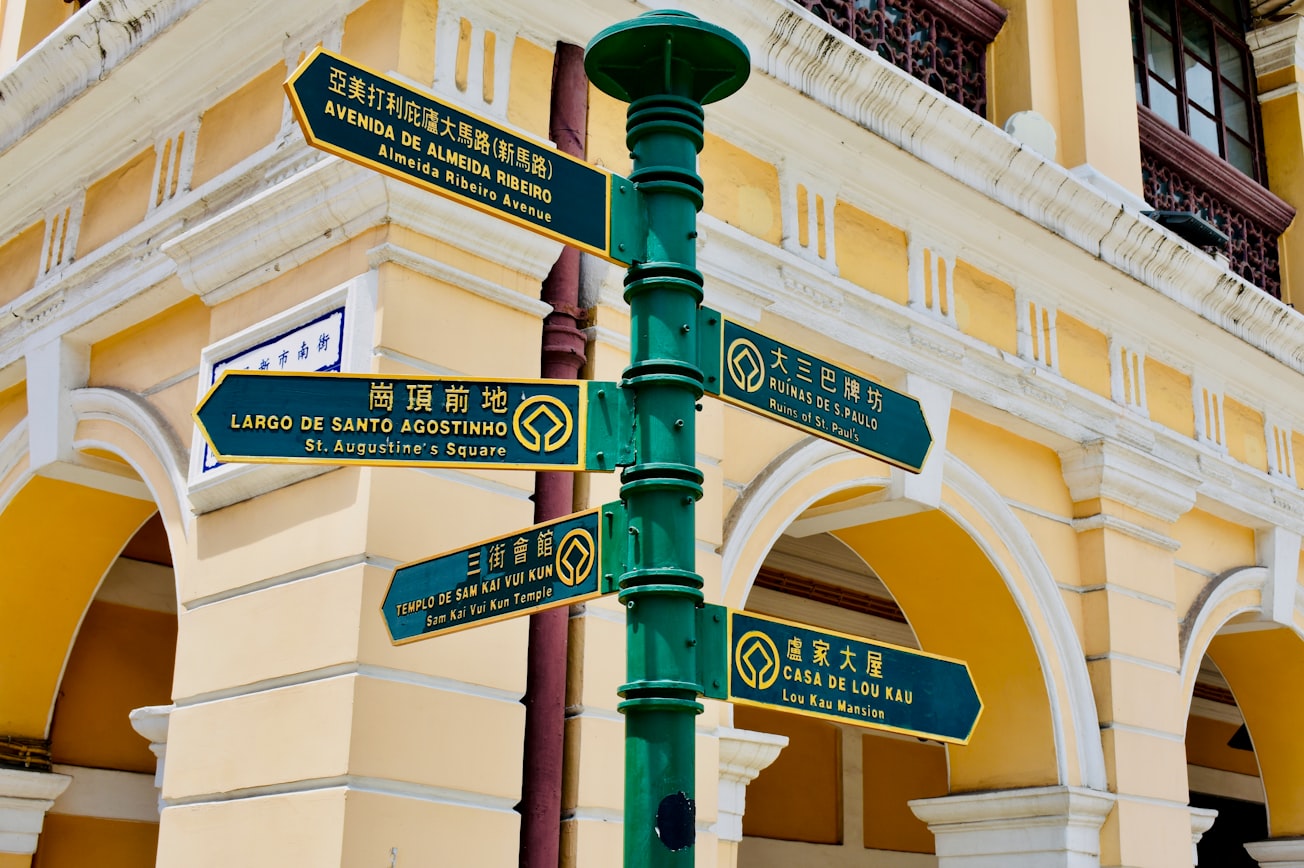What is it about?
Smart tourism is more than counting visitor arrivals, and bringing visitors to different sites for taking photographs and purchasing souvenirs. It is about whether and how a destination can effectively and efficiently facilitate and enable visitors to explore and experience what the city’s natural, heritage, cultural, and entertainment venues can offer. Because of that, a proper portrayal of the city must be given, not only in terms of visual appearance but also in terms of sonic environments. This paper presents a new initiative in enhancing the experience of tourists visiting Macao, by way of applying soundscape based on the new technical specification ISO/TS 12913-2:2018.
Featured Image

Photo by Elton Yung on Unsplash
Why is it important?
Smart tourism can be realized only if the destination can collect, organize, analyze, and present dynamic tourism-related data accurately and realistically to different users in a timely manner. This paper presents a soundwalk study in Macao‟s heritage sites including St. Lawrence‟s Church (聖老楞佐堂), Mandarin‟s House (鄭家大屋), Lilau Square (亞婆井前地), and Moorish Barracks (港務局大樓). The soundwalk study showed that the quality of soundscape was the best at Lilau Square in which sounds were dominated by natural sounds, people talking, and some traffic noise while it was the poorest at Moorish Barracks in which sounds were dominated by mechanical noise such as noises from ventilation and/or air-conditioning systems, traffic noise, and people talking in a reverberant indoor environment.
Perspectives
The study is the first one reporting soundwalk in Macao's heritage sites. It is expected that by conducting more soundwalks, portraying different sounds accurately, and recording sounds dynamically with visual images, soundscape studies will be integrated to smart tourism in Macao that can effectively inform visitors about the experiencescape that may encounter here.
Professor W.M. To
Macao Polytechnic University
Read the Original
This page is a summary of: Soundscape for smart tourism in Macao, China, January 2019, Acoustical Society of America (ASA),
DOI: 10.1121/2.0001006.
You can read the full text:
Resources
Contributors
The following have contributed to this page







